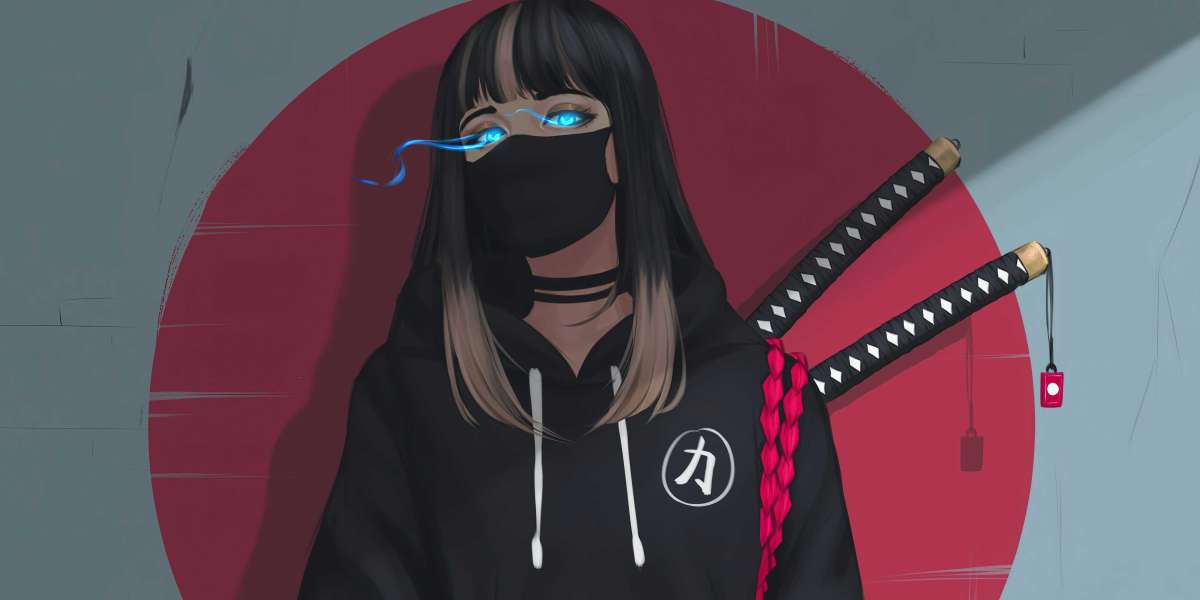Artist figures have long captivated audiences with their intricate designs and cultural significance. From the ancient sculptures of Greece to contemporary anime figures, the evolution of these artistic representations reflects changing societal values and technological advancements.
Understanding Traditional Artist Figures
Traditional artist figures often serve as a testament to the craftsmanship of their creators. These sculptures, typically made from materials such as marble, bronze, or clay, were designed to convey stories, emotions, and ideals. For instance, the classical sculptures of ancient civilizations often depicted gods and heroes, embodying the values of strength and beauty.
- Materials Used: Marble, bronze, clay
- Common Themes: Mythology, heroism, beauty
- Artistic Techniques: Carving, casting, modeling
Have you ever wondered how these traditional figures influenced modern interpretations? The transition from classical to contemporary art forms has been marked by a shift in focus from realism to stylization, paving the way for new artistic expressions.
Modern Interpretations of Artist Figures
In recent years, the rise of anime culture has led to a new wave of artist figures that blend traditional craftsmanship with modern aesthetics. These figures often feature exaggerated proportions, vibrant colors, and dynamic poses, appealing to a younger audience. The popularity of anime has not only transformed the way artist figures are created but also how they are perceived.
- Character Design: Modern figures often draw inspiration from popular anime and manga.
- Materials: PVC and resin have become popular due to their versatility and durability.
- Collectibility: Limited editions and exclusive releases have created a thriving collector's market.
As a result, artist figures have evolved into more than just collectibles; they are now considered a form of art in their own right. This evolution raises questions about the future of artist figures: Will they continue to adapt to new trends, or will they return to their traditional roots?
The Role of Technology in Artist Figures
Advancements in technology have played a significant role in the evolution of artist figures. 3D printing, for instance, has revolutionized the production process, allowing for greater precision and customization. Artists can now create detailed prototypes that were once impossible to achieve with traditional methods.
Moreover, online platforms have made it easier for artists to showcase their work and connect with a global audience. Websites like  provide a space for artists to sell their creations, further democratizing the art world.
provide a space for artists to sell their creations, further democratizing the art world.
Conclusion: The Future of Artist Figures
As we look to the future, the evolution of artist figures will likely continue to reflect cultural shifts and technological advancements. Whether through traditional methods or modern interpretations, these figures will remain a vital part of our artistic landscape. By understanding the journey of artist figures, we can appreciate the artistry and craftsmanship that goes into each piece, ensuring their legacy endures for generations to come.








